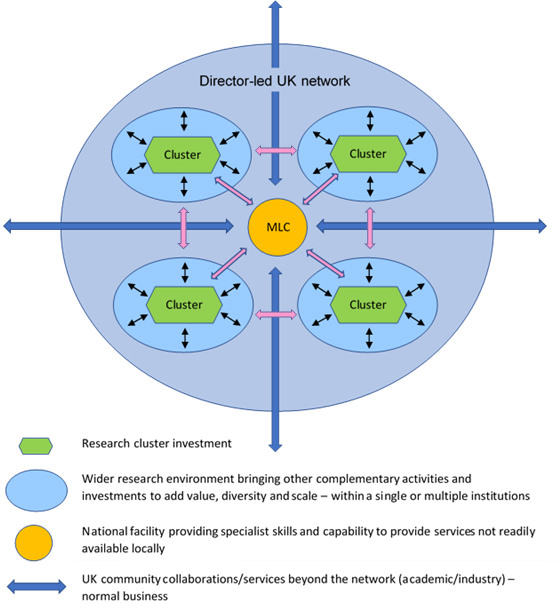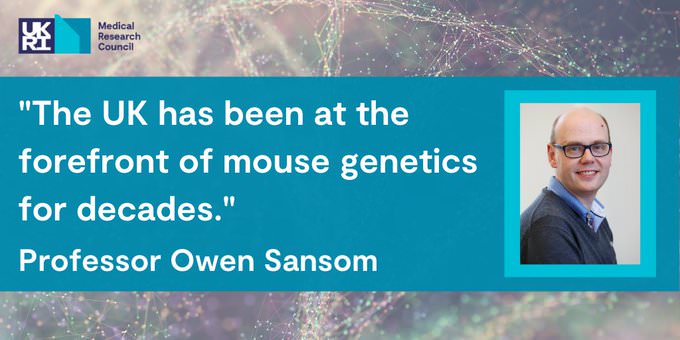New “National Mouse Genetics Network” established in the UK
By funding £20 million into a new National Mouse Genetics Network, the British Medical Research Council (MRC) acknowledges the critical importance of the mouse as an experimental model. The Mary Lyon Centre (MLC) in Harwell will serve as the national facility hub of the new network.
£20 million in five years: This considerable sum the MRC plans to invest in a new national network for mouse genetics research.
This is good news for mouse geneticists in Britain as well as Europe. It underlines an important fact: mutant mouse models, as defined in a strategic review by MRC, remain a critical resource for biomedical science in the United Kingdom.
The new investment will establish a network of 4 to 6 distributed research clusters pursuing distinctive, but complementary, challenge-led research embedded within the existing UK research organisations. The new clusters are planned to be disease-, technology- or concept-focused and build on a portfolio of mouse and human as well as complementary research. They would move away from large, hypothesis-free genome-wide programmes and put their focus strongly on targeted programmes that are integrated with human disease modelling. Additionally, the mission of the new network includes forming an attractive platform for industry engagement – at a time when the life sciences sector is seeking better predictive models that allow the development of modern gene-based drugs and new therapeutic options.

The Mary Lyon Centre at INFRAFRONTIER partner MRC Harwell will be the cornerstone of the network:´s architecture: As the national facility hub, it will provide its outstanding tools, expertise, specialist technologies and services as one of Europe´s leading mouse repositories to all the partners in the network. MLC will act as the provider of genetically engineered mouse disease models for all cluster partners, manage the distribution of mouse strains to national and international scientific partners, and offer its expertise as a national training hub to support specialist skills and capacity needs.
In September 2020, the new network appointed its director: As the head of cancer research at the University of Glasgow, Professor Owen Sansom has 20 years of experience in using and developing cancer animal models. “I know how critical genetically engineered mouse models have been to understanding the biology of this devastating disease”, he says. “These models have allowed us to determine some of the key molecular pathways involved in cancer, and they offered us important targets for the diagnosis and treatment of patients.” The same, he adds, is the case for many other significant clinical problems, from neurodegenerative disorders to metabolism and cardiovascular diseases.

In the first quarter of 2021, Sansom plans to open the call for the clusters. The applications will be closed by the end of May, and in autumn 2021 the Network wants to decide which clusters should be funded for their ideas. “We want to see a diversely-themed set of clusters that allows us to strategically invest in areas that collectively make a coherent portfolio. I am keen to engage at an early stage with leading scientists and clinicians from both the mouse and the human disease research communities,” Sansom says. Although the new network is primarily meant to be a national flagship, international partners might be a part of a cluster – preferably where they might add skills and expertise not available in the UK.
As a first step, Prof Sansom will be hosting a virtual workshop with interested scientists on 25 November 2020. “By coming together and using mouse genetics to solve some challenging problems, we will ultimately be able to have an impact on human health.”
For more information and registering details for the virtual workshop on 25 November 2020: Please click here!